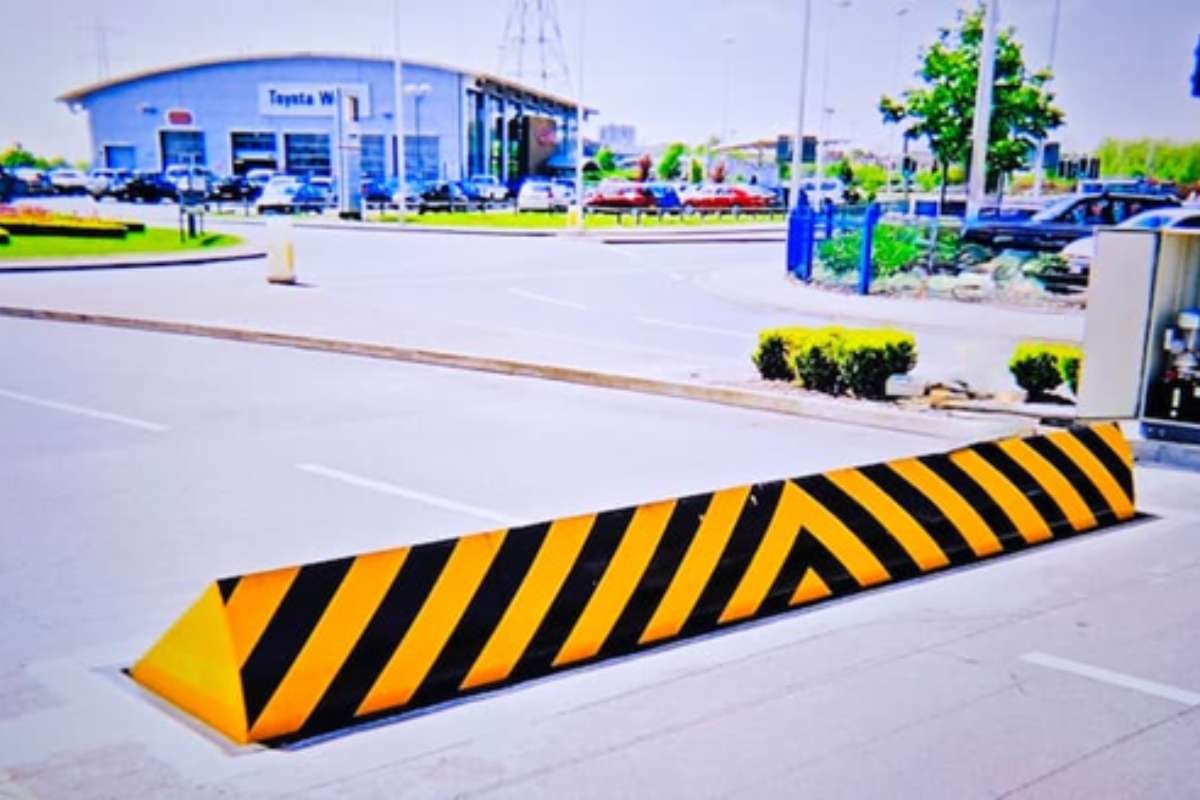Fire safety is not just a regulatory obligation. Even for small and medium enterprises, fire safety in workplace is fundamental to protecting lives and assets. We seldom think the worst can happen to us, but business is about planning for contingency and minimizing risks. Investing in fire safety equipment, such as portable CO2 fire extinguishers, is a wise decision. Given their relatively low cost and small footprint, these extinguishers should be readily available throughout any workplace.
SMEs need to take their legal obligations seriously, particularly the Regulatory Reform (Fire Safety) Order 2005 and legislation since, with more details here. Such legislation mandates a fire risk assessment to identify hazards and introduce necessary precautions.
Investing in fire safety equipment isn’t a pointless cost, but a hedge against the financial risks that incur from property damage and the inevitable operational downtime.
Top 6 Fire Safety Equipment Investments:
1. The First Line of Defense
Fire extinguishers are an incredibly powerful first line of defense in the event of a fire. Particularly for SMEs, which often operate on small premises, an extinguisher can de-escalate a fire before it begins to spread.
However, there are different types to know about, and reputable brands like Seton by Brady tend to offer a broad range. Water extinguishers are effective for Class A fires, which involve ordinary combustibles like wood and paper. Foam extinguishers, though, are better suited for Class B fires, which includes flammable liquids like petrol.
CO2 fire extinguishers are used for electrical fires (Class C), which are often the worst kinds of fires, and wet chemical extinguishers are designed for kitchen fires, like the fat in a chip shop. So, extinguishers needn’t only be placed in high-risk areas, but the correct type needs to match the risk. So, a carbon dioxide fire extinguisher should go in the server room, for example. Regular maintenance of these will be needed.
2. Advanced Fire Detection

Modern fire detection systems have moved well beyond classic smoke detectors. It is their smart connectivity that makes them more safe in 2025, such as having IoT real-time monitoring. Ultimately, this means that when they are set off, they alert other people, and perhaps the fire department, immediately, meaning there’s a faster response. Actually, it’s not only the speed, but they can communicate information such as their precise location.
AI-powered systems that look for anomalies can also reduce the number of false alarms, in part because they have multi-criteria detention to improve their accuracy.
3. Emergency Lighting
Emergency lighting, a critical component of fire safety, is often overlooked. Investing in fire safety equipment, such as reliable emergency lighting, is crucial for escape routes when main power sources fail. The most important thing is for people to escape safely, and this means having lighting that tracks through the escape route, making it visible in situations of darkness and smoke. For example, fire exist signs need to be very bright and visible, with independent energy sources. LED is a good choice here because it’s energy efficient and very reliable.
4. Smart Fire Systems

To continue along the theme of smart fire systems, there are systems that integrate advanced sensors, control algorithms and suppression technologies that connect with one another to detect and extinguish fires. For example, water mist systems use significantly less water than conventional sprinklers. Water mist is effective for some fire classes, but not others, meaning it can simply be triggered for what it’s good at and reduce water damage.
5. Fire Blankets
Fire blankets are pound-for-pound the most cost-effective way to prevent fires in their early stages. They’re indispensable, yet very low maintenance. They’re great for Class F fires, which are the ones involving cooking oils and fats, making them a necessary kit for every kitchen. They smother the fire to deprive it of its well-needed oxygen.
It’s also important to keep first aid kits nearby for treating minor burns and cuts that arise from fire-related injuries. Fire blankets can also be placed in workshops and near places where ignition is a risk, while first aid kits can be placed in common areas. Proper placement is vital.
6. Innovations in Fire Safety

Investing in fire safety equipment is a crucial decision for any business or property owner, and this area is seeing continuous innovation. Driven by the desire to cut costs down and increase the effectiveness of early detection. Passive fire safety is also innovative, but there is less scope there to really flex the potential that technology and AI holds. Predictive analytics and reinforcement learning means that fire detection is only getting better the more data that is gathered.
Drones are also currently being used to support firefighting efforts. Although they’re yet to be deployed en-mass for fire detection (thermal imaging is effective), they are used in the event of large-scale fire disasters to gather information.
Final Word
Investing in fire safety equipment is not a needless cost just to comply – it’s about keeping your workers and assets safe. While there are often insurance payouts for physical damage, it doesn’t replace fire risk management because operational downtime can cause irreparable damage to the cash flow of a small business.


















